Lotus Posts $750 Million Loss for 2023 While Also Setting Sales Record
Lotus has reported a net loss of £594 million (about $751 million USD) for 2023. However the company actually had a good sales year, moving 6,970 vehicles in a twelve-month period. Lotus noted that sales ramped up in the final quarter of 2023, with the company seeing a 110-percent increase after the launch of the Lotus Eletre SUV. Though getting that vehicle, and other upcoming electric models, into production are one of the primary reasons for its crash burn.
Q1 Auto Sales Up Overall, Challenges Remain
It’s become a fool’s errand to blithely quote gain/loss percentages in terms of car sales in America, given the wild supply chain swings and other market forces over the last few years. Yelling that the Corolla was up 65 percent in March helps no one in a vacuum, though if any of our readers are in a vacuum at the present moment we encourage them to seek assistance from the Bridge or Main Engineering.
QOTD: Building and Pricing
I build and price new cars using manufacturer's Web sites a lot.
Sometimes it's for this job -- working on pricing for reviews or news. Sometimes it's for fun during downtime -- it's nice to daydream.
My question to you is this: How often do you, the car enthusiasts, do this?
Report: Vehicle Supplies Are Climbing Back Up
Vehicle inventories are now approaching the highest levels seen since the summer of 2020. This is according to a report from Cox Automotive, which stated that the month of February opened with the industry seeing an average new vehicle supply of 80 days. However, the figure still doesn’t match the supply averages seen at the start of 2020.
California EV Sales Dropped Two Quarters in a Row Last Year
Automakers have seen wavering demand for EVs across the country, but California has always been the stronghold for electric adoption and infrastructure. Even so, the tides turned late last year, which could signal slower times ahead for the industry.
Report: Wholesale Used Car Prices Decline Slightly
Wholesale used-vehicle prices reportedly saw a modest dip through the end of last month. However, it wasn’t enough to rationalize running out to the nearest automotive auction or setting up camp near your preferred dealership as you wait for the savings to come rolling in.
Subprime Auto Loans Show Increasing Signs of Trouble
We thankfully seem to be coming out of some of the economic challenges brought on by the pandemic, but a new crop of financial hardships is on the horizon. Subprime auto loans, which are issued to people with lower credit scores, are falling into past-due status at an alarming rate, reaching the highest rates of borrowers behind on loans in almost 30 years.
Report: Mercedes Having Tough Time Selling EVs
Like most government agencies, NGOs, and publicly traded companies, Mercedes-Benz has made a promise to be all-electric by 2030. The automaker intends to have every newly launched vehicle architecture be electric-only after 2024 and to gradually wean itself off combustion engines.
Unfortunately, the brand’s sales trajectory doesn’t appear to be cooperating. Despite seeing a surge of interest in its electrified EQ products initially, Mercedes has started having trouble moving EVs.
American Auto Sales Continue to Rebound in Q3 2023
With massive improvements in available inventory – and a strong demand despite gonzo interest rates – vehicle sales were very robust last quarter and indeed for the entire year to date. In fact, if it weren’t for Stellantis, our chart would be green across the board.
QOTD: What Price Performance?
I concluded my 2024 Ford Mustang GT review by pointing out that if you order a fully-loaded GT it will cost you around $60K, and that strikes me as expensive -- especially for a model that once offered V8 power for a relatively low price.
Auto Loan Delinquencies Reach Record Levels
Delinquencies on automotive loans have surpassed the recession-era highs witnessed in 2009, according to an assessment released by S&P Global Mobility on Monday. Fortunately the wealthy will be largely unaffected by this trend, as the issue is isolated primarily to subprime borrowers. For some strange reason, people with more money are having less trouble paying their bills on time.
TTAC Rewind: How Has the Pandemic Changed Car Shopping?
Bark opined back in May of 2020 about how the pandemic would change car buying. Now that we're approaching three years on and we're living something resembling normalcy, was he right?
American Vehicle Sales, Q1 2023 – With Numberz!
Don’t say we don’t read yer comments. Last week’s report on the state of American car sales during the first quarter of this year was absent the usual Excel chart o’ numbers thanks to a phalanx of manufacturers choosing to release figures at their leisure.
Here’s the chart, nerds – complete with snazzy up and down arrows.
These Are the Most Marked-Up New Cars On Sale Today
We keep hearing that the new car supply is recovering and that prices will eventually stabilize, but the situation on the ground at many dealers doesn’t align with that worldview. iSeeCars recently released its list of vehicles priced the highest over their MSRPs, and the news doesn’t suggest that we’ll see an easier car buying experience anytime soon.
Take Me to Toyotathon: Vehicle Incentives Slowly Returning
We’re coming out of a few lean years in the auto industry. Automakers, struggling to keep pace with demand due to supply chain issues and a global pandemic, slashed incentives and even increased prices in some cases. Things are starting to calm down, at least a little, and the deals are slowly returning.
Report: Regular People Cannot Afford New Cars Anymore
The average monthly payment for a new car sold within the United States has reached a record $777, according to Kelley Blue Book’s parent Cox Automotive. That represents roughly one-sixth of the median household income and is about twice the price of what would have been considered average in 2019. How the hell has it managed to come to this?
New Vehicles Have Become Less Affordable: Study
According to the Sherlocks at Cox Automotive, Americans saw new-vehicle affordability decline in December and reached a new low for the 2022 calendar year.
And, in other news, the sky is blue and water is wet.
Carvana Surrenders Michigan Dealers License, but Can Still Deliver Cars in the State - With a Catch
If you’d been hiding under a rock and just started reading the news in the last couple of months, it’d be easy to wonder how Carvana is a thing at all. The company’s troubles seem to grow by the day, though a recent story out of Michigan shows a few bright spots for the online auto retailer.
Cox Forecasts Used Vehicle Pricing Trends for 2023
Wholesale used-vehicle prices continued to climb during the last weeks of 2022, though the overall trend actually had secondhand valuations down by 15 percent for the entire year. That’s due largely to auction prices cooling off after the summer ended and the situation has many speculating that 2023 could be the first year we see massively inflated car prices begin to return to normal.
That’s Grand: Record Numbers of Car Payments Exceed $1,000/mo
If you’re thinking that an ever-climbing percentage of the average household income is being allocated toward car debt – you’re exactly right. According to third-party industry watchers, the number of notes with a monthly payment of $1,000 or more has risen to record heights.
Supply Chain, Chips, and Inflation: The Story Behind Low Sales
Following up on our sales post from earlier, we look to The New York Times, which has listed several possible reasons for why the numbers are dire.
The reasons are predictable, but that doesn't mean they aren't true.
Major Automakers Report 2022 Sales, GM Grabs Crown
After taking a drubbing in 2021, the last annum was also a headache for most of the world’s automakers. Nevertheless, General Motors has narrowly retaken the title of America’s best-selling car company after losing it last year for the first time since the Great Depression.
Ford F-Series Continues Its Sales Streak
Stop us if you’ve heard this one before: A line of pickup trucks from Dearborn is the best-selling vehicle in America. There’s a very good chance you have indeed heard this before; after all, it’s been happening for 41 years.
Tesla Deliveries Disappoint in Q4
Alert readers may recall a post just prior to New Year’s about Tesla putting $7,500 cash in the frunk of several models in an attempt to juice sales before year-end. Beyond the irony of that move in the first place, after years of the company and its fanbase raking legacy automakers over the coals for doing the same thing, reports are surfacing that numbers still failed to meet expectations.
Ford Dealers Fight Model E Sales Plans
Ford's plan to divide its dealers by type of combustion system -- Ford Blue for internal-combustion vehicles, Ford Pro for commercial, and Ford Model E for battery-electric vehicles -- has hit a snag.
Kinda Sorta: New Car Market Shows Signs of Improvement
Despite ongoing dealer markups, rising interest rates, and evidence suggesting that new vehicles are suffering from a lapse in quality control, the automotive market is allegedly improving – at least in terms of sales volume. U.S. light-vehicle deliveries increased last month from the abysmal levels witnessed in October 2021. But the entire issue basically comes down to the industry managing to produce more cars than it had been.
Automakers Report Q3 Sales, A Total Mixed Bag
If recent global events have taught us anything about the auto industry, it’s that unpredictability is the new norm. Gone are the days when one could confidently muse about the fortunes of one brand over another, replaced by erratic parts shortages and inconsistent volume of supply.
Still, some are weathering the storm better than others.
QOTD: Have You Any Dealership Stories?
You've likely heard about the craziness that's happening at car dealerships right now. We've reported on insane markups, for example. And I've heard whispers, anecdotally, that so-and-so's friend's co-worker's cousin who's going with this girl who works at 31 Flavors got screwed when trying to buy a new car.
Rare Rides Icons: The History of Kia's Larger and Full-size Sedans (Part VII)
We return to Kia’s midsize-or-larger sedan history today in the latter portion of the 2000s. In our last entry, we learned about the Optima, which arrived as Kia’s first midsize developed under Hyundai’s majority ownership. Sensibly the Optima was a light rework of Hyundai’s Sonata, and the two shared almost everything (including very poor crash safety ratings).
On the more executive full-size side of the lineup, Kia’s Opirus was the first large car developed under Hyundai ownership. It shared a platform with the Grandeur (XG350 to you). While the Opirus saw okay sales in most markets, it failed in North America where it was sold as the Amanti. Very few North Americans wanted a $39,600 (adjusted) Kia, no matter how many luxury styling touches it borrowed from other brands. And so the Amanti was canceled after 2009 locally (2012 elsewhere). By that time its replacement was already on sale. Meet K7.
Rare Rides Icons: The History of Kia's Larger and Full-size Sedans (Part VI)
We return to the story of Kia’s midsize and larger sedans today, around the point when Kia found itself under the watchful eye of Hyundai. The larger South Korean company purchased a controlling stake in its competition in 1998, which meant big changes to Kia’s product almost immediately after.
The union led to the first full-size luxury sedan Kia developed from the ground up, the Opirus (Amanti to you). It turned out the Amanti was the derivative and rather ugly sedan few in North America desired, though it fared a bit better elsewhere. But by the time the Amanti arrived, Kia was already selling a new midsize that North Americans did want. Let’s talk Optima.
Report: U.S. Automotive Market in Rough Shape
The U.S. light-vehicle market doesn’t appear to be in the best health. While many automakers now opt against issuing monthly sales reports, those that still do are posting some pretty brutal numbers.
This does not bode well for an industry that seemed pretty certain that 2022 would be its recovery year. However, it is on-brand with the slew of announcements made by manufacturers warning about supply constraints and an inability to manufacture at scale. There has also been a growing sense that some consumers may be shunning vehicles that have spent the last several months trading well above what seems rational. Wholesale pricing actually declined by roughly 6 percent since the January record. Though you may not see that represented on dealer lots or even have noticed if it was because last month still saw transactions averaging 14 percent higher than they were last year.
Rental Review: The 2021 BMW 530i XDrive, Interference at No Cost to You
As a fan of the midsize luxury sedan class, it’s sad to see how many manufacturers have given up on the segment. The German trio still has their stalwarts, but Japan gave up in 2020 (RIP Lexus GS), the only American still in the ring is the Cadillac CT5, and its outlier status is accompanied by newcomer Genesis with the G80.
It’s a dying class, which is why your author was especially pleased to spend the Memorial Day weekend with a longstanding headliner of the German luxury sedan genre: A 2021 BMW 5-Series.
Rare Rides Icons: The History of Kia's Larger and Full-size Sedans (Part V)
In our last installment of Kia’s larger sedan history, we covered the midsize Credos. The Credos was an important first for Kia, as the first midsize the company produced where it had a bit of leeway with the design. Ultimately, the Credos hid its Mazda 626 bones decently well and did a good impersonation of a late Nineties Ford Contour after a refresh.
But just as Kia settled into Mazda platforms and designing their own sedans, the goalposts were moved courtesy of the 1997 Asian financial crisis. Kia was left without much money, and few options. We pick up there.
Rare Rides: The Wallyscar Brand, From Tunisia With Pride
Today’s topic is an automaker you’ve likely never heard of. It’s a small company that was founded not that long ago, offers vehicles in very limited markets, and produces around 600 vehicles per year. Its product is based upon old ideas from other manufacturers, all done up in fiberglass until very recently. Let’s enter the wonderful world of Wallyscar.
Rare Rides Icons: The History of Kia's Larger and Full-size Sedans (Part IV)
We return to our coverage of Kia sedans today and discuss a midsize from just prior to the flagship Enterprise we discussed last time. Kia offered the first midsize car to bear its branding in 1987 when it introduced the new Concord. Concord was essentially a broughamed, front-rear clip swap take on the GC platform Mazda 626. Mazda discontinued the GC 626 that year and immediately sold the platform and tooling to Kia. A couple of years later, the Concord spawned a lesser sibling called the Capital. Capital looked very similar to the Concord but sold to a more economically-minded customer with its much lower level of equipment and low-powered engines.
When the Capital finished up its run in 1997, it was replaced by a compact car Kia had on sale for a few years already: The Sephia. Sephia wouldn’t do for Concord-level customers though, and upon the sedan’s discontinuation in 1995 they were directed to an all-new Kia. The company was ready with its new midsize to bookend the Concord, and it went on sale the same year. Though the new car was again on a donated platform, it was the first time Kia had some leeway to design a midsize of their own. It’s time to discuss Credos.
Rare Rides Icons: The History of Kia's Larger and Full-size Sedans (Part III)
We’ve reached the end of the Nineties in Kia’s midsize-or-more sedan story. It was a time of modernization across Kia’s portfolio, and 1998 and 1999 were years of expansion in particular: Kia introduced an impressive nine all-new models across those two years.
For its larger sedan lineup, the dated Potentia (a rework of the Eighties Mazda Luce) continued on in its popularity in the South Korean market. Potentia was updated from its original 1992 looks for 1998. However, that same year Kia introduced a new large luxury sedan to its lineup. The company once again relied on friendly product partner Mazda. Let’s talk about Enterprise.
Rare Rides Icons: The History of Kia's Larger and Full-size Sedans (Part II)
We pick Kia’s large-car story once more today, at a point when the Korean manufacturer was in the midst of establishing itself as a proper full-line automaker, albeit with contributions from various other automotive firms. After Kia built Fiats and Peugeots via knock-down kits, it moved on to a light rework of the early Eighties Mazda 626. It made two cars out of the 626, its first midsize offerings. They were the upscale Concord and lesser (but still sort of upscale looking) Capital. But before we move on to the company’s first truly full-size car, we need to talk about the Mercury Sable for a moment.
Abandoned History: Dodge's Dead Import Trucks (Part I)
Recently on Abandoned History, we learned about the Colt, a captive import Dodge/Plymouth/Eagle/AMC/Renault sold courtesy of a badge swap on some compact cars from Mitsubishi. During that series’ tenure, one of our readers had a great idea: A separate Abandoned History discussion of the captive import trucks and SUVs in the Dodge portfolio. The time has come!
Abandoned History: General Motors' Passport and Asna, Total Brand Confusion (Part II)
We started our coverage of GM’s Eighties and Nineties branding adventures last week, with the short-lived experiment that was Passport. The dealership network was an amalgamation of GM-owned or influenced brands from Japan, Sweden, and in the case of the Passport Optima, South Korea. Passport lasted from 1987 through 1991 before GM changed directions. In addition to axing an unsuccessful sales channel, Geo and Saturn cars had arrived during Passport’s tenure and made things more complicated. Let’s learn some more about GM’s Canadian dealership networks.
Abandoned History: General Motors' Passport and Asna, Total Brand Confusion (Part I)
In the Eighties and Nineties, General Motors of Canada decided to try new distribution strategies for its imported cars. Like in the recent Dodge Colt series, General Motors had its own captive import cars and trucks that were manufactured by other brands. But because of dealership arrangements in Canada, GM took things a step further than Chrysler and established a separate distribution network for its imported wares. The efforts lead to the thrilling Passport and Asüna brands for the Canadian market. First up, Passport.
Mega Dealerships Continue Consolidating Strength
If you frequent this website, there’s a good chance you’ve seen an article discussing how smaller car dealerships are being incorporated into larger entities over the last few years. As with most other industries, the trend has been accelerating and Automotive News just shared the metrics showing how far we’ve come over the last decade. According to the report, consolidation among mega dealers has made heaps of progress of late and should continue on with their mission of never-ending growth because none of them want to become the little guy after every pint-sized showroom has been bought up in North America.
Auto Industry Assets Could Be Seized by Russian Nationalization
The war in Ukraine continues to have ripple effects.
A new report from industry bible Automotive News suggests Vladimir Putin is considering seizing the assets of automakers who left Russia in the wake of its invasion of Ukraine.
Abandoned History: The Current Buick Logo, Just One of Many (Part I)
According to a recently filed trademark application, Buick’s familiar tri-shield logo may be going the way of the dodo. It’s been suggested the potential logo change is in pursuit of a revised image, in preparation for the Brave New World of EVs that Buick will soon unleash upon millions of eager customers. However, given the company has been around for over 120 years this is far from the first time Buick has swapped its badge.
Rare Rides Icons: The Second Generation Mazda 626, a GD Car
Today we complete our Rare Rides Icons coverage of the mass market, midsize, mid-Eighties Japanese sedan. We’ve covered the V20 Camry, the CA Accord, and most recently the PU11 Maxima. Now we take a look at the alternative to all those, the Mazda 626.
Ford CEO Asks Dealers to End Markups, Plans Punishment
You’re probably well acquainted with dealer markups by now. Supply shortages created during the pandemic have left the world with fewer automobiles and car dealerships are taking full advantage of the elevated demand. As you might have expected, this trend resulted in plenty of people overpaying or becoming cautious of a market they now see as wildly predatory.
Car manufacturers have begun asking dealerships to take it easy on the price gouging. General Motors made its plea last week and Ford has followed up by reiterating its own concerns during the company’s Q4 2021 earnings report. The Oval is worried that dealer markups are tainting its relationship with customers, with top executives making casual references to the trend back in November. Ford CEO Jim Farley is now telling dealers that they need to cut it out lest they be punished by the manufacturer.
Porsche Becoming Volume Brand
While it may not be on the cusp of supplanting Toyota in terms of sales, the Porsche brand has enjoyed relatively consistent growth since 2009. Despite 2020 representing a poor sales year for just about everyone who wasn’t producing vaccines, the German manufacturer weathered the storm better than most and came back to break a few records the following year.
By the end of 2021, Porsche had sold nearly 302,000 vehicles globally. It also managed to break its previous sales records in China and the United States. Considering that global production volumes have remained suppressed by supply chain problems, it was an impressive accomplishment. However, Detlev von Platen, Executive Board Member Sales & Marketing at Porsche AG, believes the automaker can still outdo itself in 2022.
Dodge Challenger Finally Takes Sales Crown
For the first time since American muscle returned to the assembly line in earnest, Dodge’s Challenger has managed to outsell both the Ford Mustang and Chevrolet Camaro inside the United States. Though Mopar fans might point out that Dodge would win every year if we bothered to include Charger sales in the headcount or were more precise when making determinations about what constitutes a muscle vs pony car.
Regardless of semantics, the Big Three have their performance icons and the Challenger has taken the two-door sales crown for the first time in modern history. Sadly, it was less about Dodge making inroads with new customers than it was about the other brands flubbing things. Performance vehicles aimed at the middle class are presently experiencing a rough patch, with the Challenger having lost the least amount of ground in the last decade.
Lincoln Now Sells More Product in China Than U.S.
After years of Ford unsuccessfully trying to court the Chinese market in the same way General Motors did, Blue Oval has finally hit an important milestone. For the first time ever, the Lincoln luxury brand has achieved more sales in China than in the United States.
On Thursday, Lincoln announced that it had delivered more than 91,000 vehicles in China in 2021 – representing an increase of 48 percent increase against 2020. Meanwhile, the brand managed to lose ground in North America with just 86,929 sales for last year. That’s the worst Lincoln has seen in over a decade, though the company has basically witnessed its share of the U.S. market seesawing in the wrong direction since the 1990s.
Toyota Is Now America's Best-Selling Automaker
Japanese automaker Toyota Motor Corp looks set to embarrass American automakers on their home turf by ending the year as the U.S. market’s top-selling brand for 2021.
Toyota had previously reported it moved 688,813 vehicles in the United States from April to June, outperforming General Motors and setting the stage for the rest of the year. At the time, the domestic manufacturer claimed its numbers were down due to the global semiconductor shortage that continues to disproportionally impact American automakers. While there are a few sound logistical reasons for that, the chip deficit also becomes a convenient excuse for brands that cannot seem to get their general supply chains under control. No matter how you slice it, GM looks to have screwed up managing inventory and Toyota is picking up the slack.
Auto Dealers Report 2021 Profits Will Break Previous Record
With so many articles discussing how poor automotive sales have been through 2021, one could be forgiven for thinking this was going to be a hard year for anybody owning a dealership. However, the reality of the matter is that it’s a seller’s market and those who can sell are making a killing off everyone else’s misery.
The National Automobile Dealers Association (NADA) has reported that the ongoing deficit of product has helped the average store rake in more money than they did in 2020, breaking the previous twelve-month profitability record. Today’s average dealership is reporting a net pretax profit of about $3.38 million through October for 2021. That’s more than twice what was tallied within the same timeframe last year and really goes to show how much money can be made when the customer’s needs are the only items being discounted.
Abandoned History: The Mercedes-Benz X-Class, Nissan Luxe
Sort of like the Cimarron we covered in our last edition of Abandoned History a couple of months ago, today’s vehicle is pretending to be more than it is. It’s the luxury X-Class truck Mercedes-Benz sold in markets outside the USA. Can you tell what it actually is?
December Auto Sales Still Looking Weak
While the official figures haven’t dropped, just about every outlet tracking new vehicle sales is projecting a significant decline in volume for December 2021. Showrooms have been trending toward the minimalist aesthetic since 2019 with the pandemic kicking things into overdrive as supply bottlenecks nullified practically every manufacturer’s ability to produce anywhere near its normal pace.
Last December was bleak, with sales falling by around 5 percent for the month as the typical transaction price for automobiles set new records. The U.S. market only saw 1.54 million sales, the lowest volume witnessed since December of 2014. But 2021 volumes are shaping up to be decidedly worse. This month is on track to fall by anywhere from 23 to 30 percent with retail sales barely cresting 1 million units as transaction prices for both new and used vehicles surpass all previous metrics.
Used Vehicle Pricing Sets Another Record High
Used-vehicle prices set another record last month thanks to elevated demand and suppressed production of new cars. Depending on who you ask, the typical transaction fee for a secondhand automobile rose nearly 50 percent in November vs the same period in 2020. While the pandemic had meaningfully suppressed demand during that time, that’s still a staggering increase over any 12-month period.
Sharing Cox Automotive’s Manheim Used Vehicle Value Index, Automotive News nailed down the annual difference to a 44-percent increase. This also represents the November pricing index swelling by 3.9 percent against October, which is noteworthy in itself. But what does that look like in dollars?
Audi Resurrects Historical Horch Nameplate, Creates New Luxurious Rare Ride
Audi recently announced a new, super luxurious version of its largest sedan, and it’ll wear some branding not seen in a very long time. Wake up Horch, it’s 2022.
Opinion: Why Dealers Have Earned Massive Markups
Earlier this week, someone sent me an addendum sticker from Mercedes-Benz of Selma, in Texas. The addendum added two line items to the sticker price. The first line item was VIN etching, at $199. That’s controversial enough, since some people have said that VIN etching is the scam of the decade – but those people haven’t seen the second item: A “Market Adjustment” charge for $125,000.
You read that right. One-hundred and twenty-five thousand U.S. American dollars – and that’s on top of the Mercedes-Benz G63 AMG’s already steep $178,000 asking price. But, frankly, it’s not the 70 percent markup that’s the most offensive thing here, It’s not even the $199 charge for the VIN etching.
Frankly, the worst part of this is that MB of Selma will very likely get their markup. And, when they do, they will deserve every single penny.
Ford, GM Earnings Reports Will Tell the Chip Shortage Tale
Ford and General Motors are both slated to show their third-quarter earnings reports on Thursday.
Reports suggest that despite the negative impacts of the global semiconductor chip shortage, there may be positives for the companies, as well.
Don't Be So Fast to Get Charged Up: Ford Lightning Orders Delayed. Maybe.
The same forum that told us to anticipate the order bank opening for the 2022 Ford Lightning next week is now saying “not so fast, my friend” (apologies to Lee Corso).
AutoNation Wildly Profitable While Car Prices Are Grotesquely High
With automobile prices ballooning to egregiously high levels, one might assume that the industry would be in rough shape. But they’d be dead wrong. Supply chain disruptions have actually created a captive market where consumers are desperate to lay their hands on whatever products are available. In the automotive realm, this has allowed retailers to set ludicrous prices and rake in larger profits per transaction. While inflation may eventually catch up to these entities, the gravy train is currently parked at the station and dousing big business with its warm, brown effluence.
Nobody knows this better than the folks at AutoNation. Because the company just released a quarterly profit report that blew its rosiest projections out of the water. Net income its ongoing operations was $361.7 million for Q3 2021, double the $182.6 million witnessed in Q3 of 2020, while revenue rose 18 percent to $6.4 billion.
Abandoned History: The Cadillac Cimarron, a Good Mercedes-Benz Competitor
Sometimes car companies get a bit carried away with a new idea that, for a myriad of reasons, doesn’t translate so well in its execution. Toyota (and other Japanese companies) did exactly this when they invested in the very unsuccessful line of WiLL cars and other consumer products in the early 2000s.
Today we look at a 1980s domestic example of an idea that fell flat. It was the time Cadillac thought applying lipstick to a Cavalier-shaped pig would make the BMW and Mercedes-Benz 190E customer come a’callin. It’s time for Cimarron, a J-body joint.



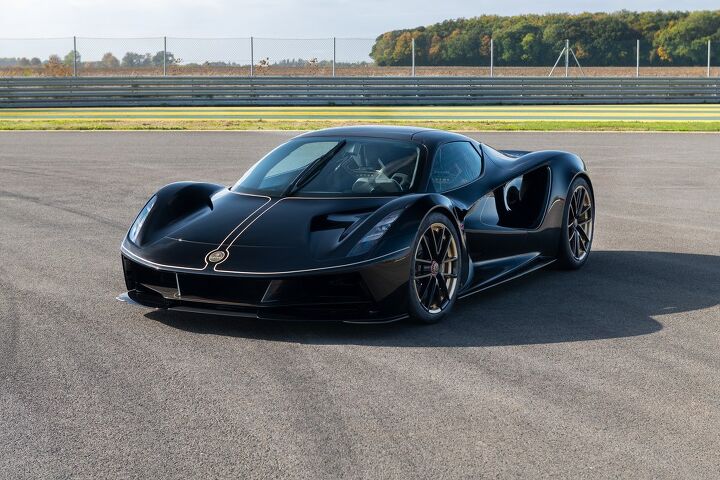
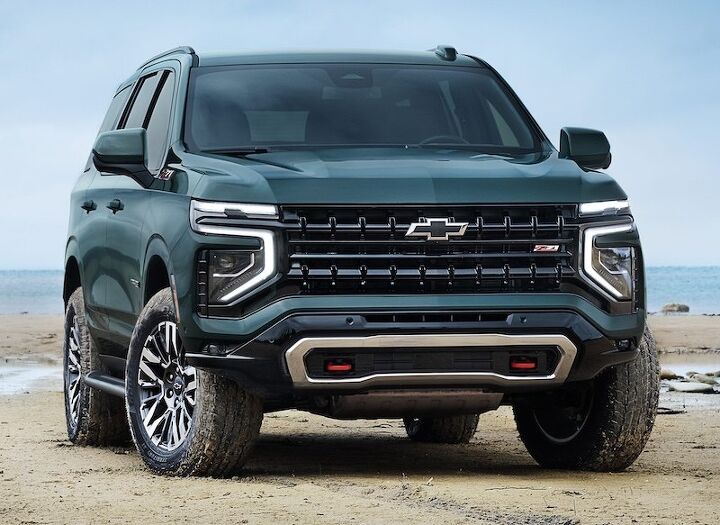
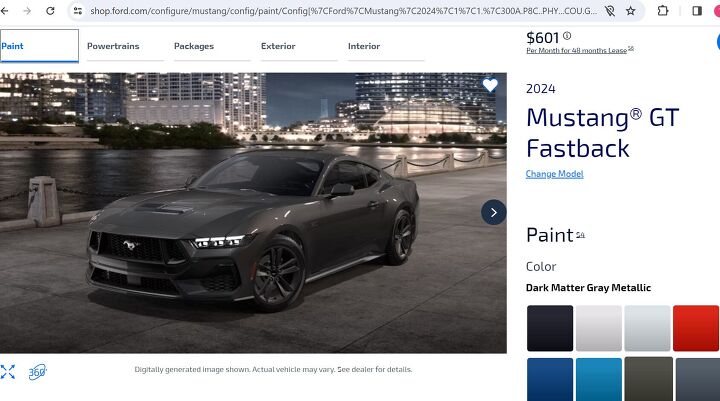

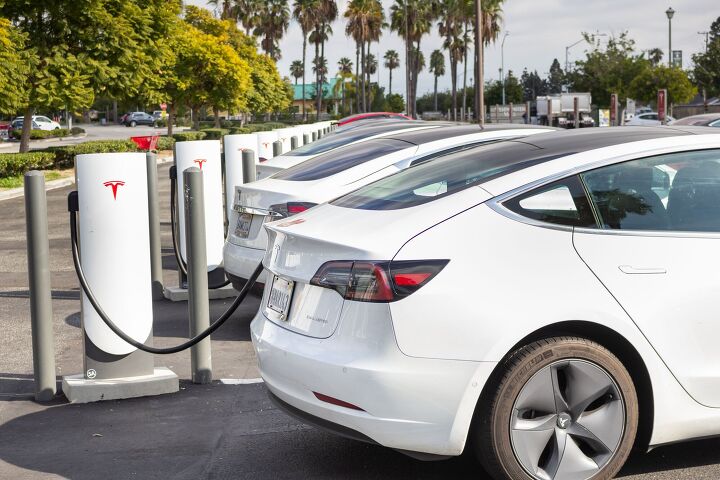


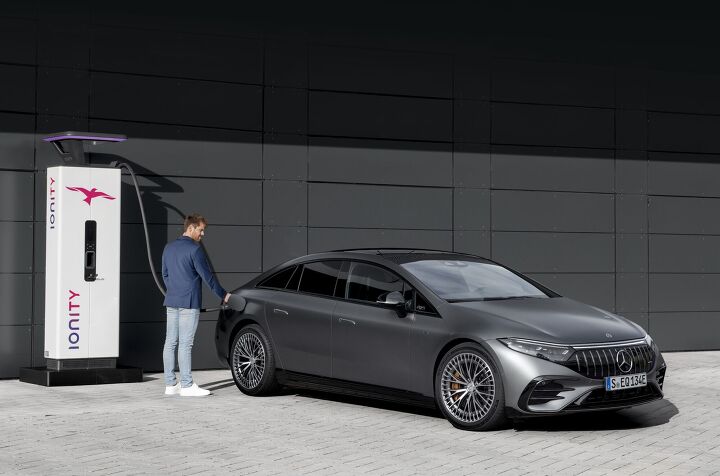
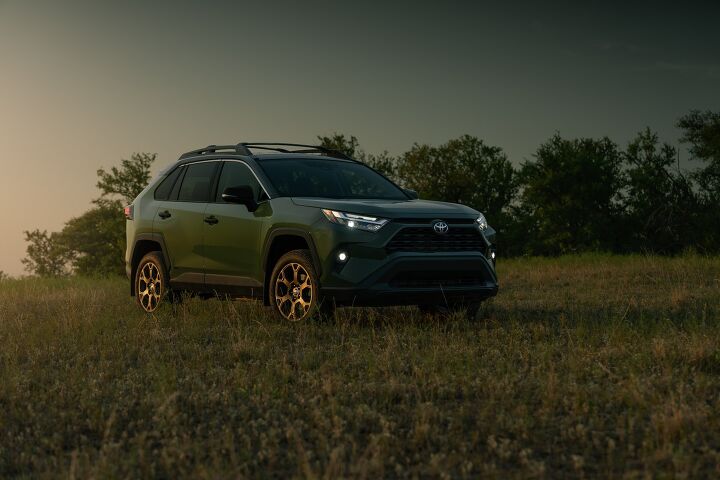
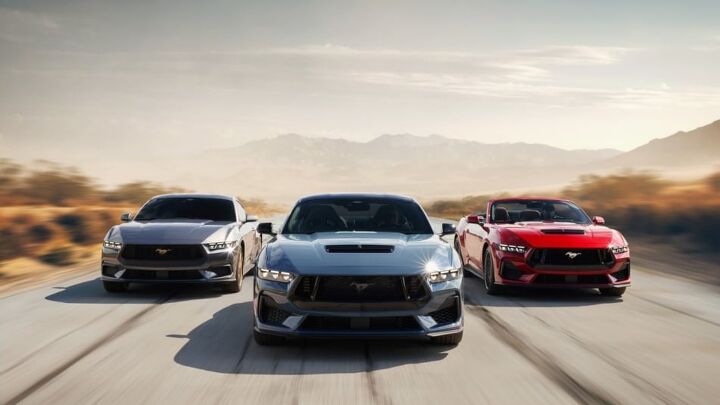


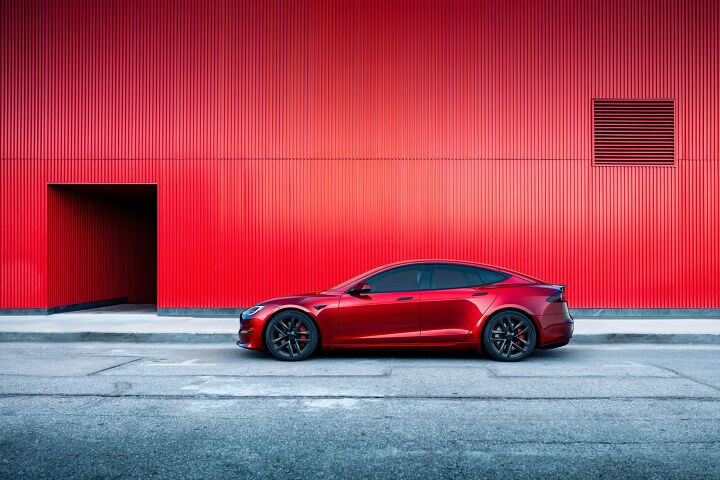
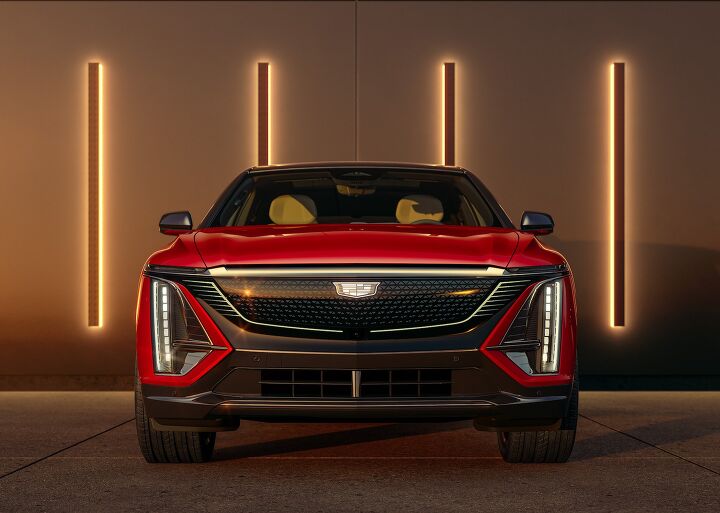
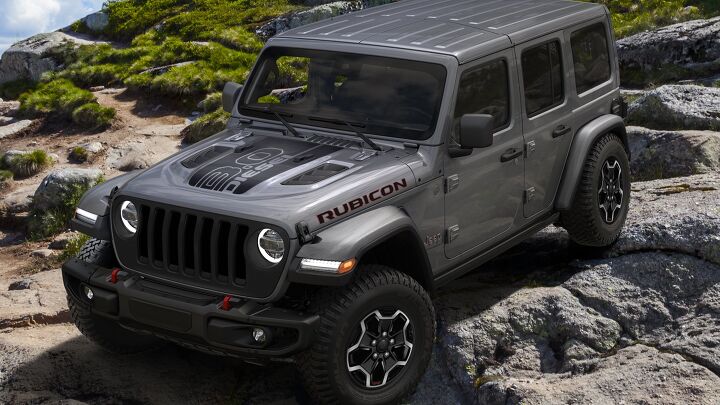
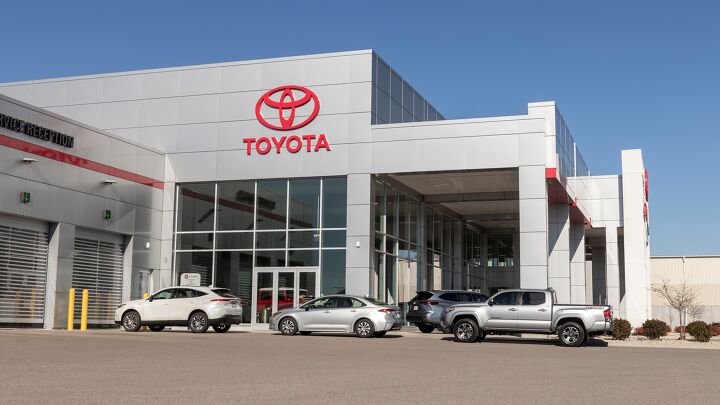







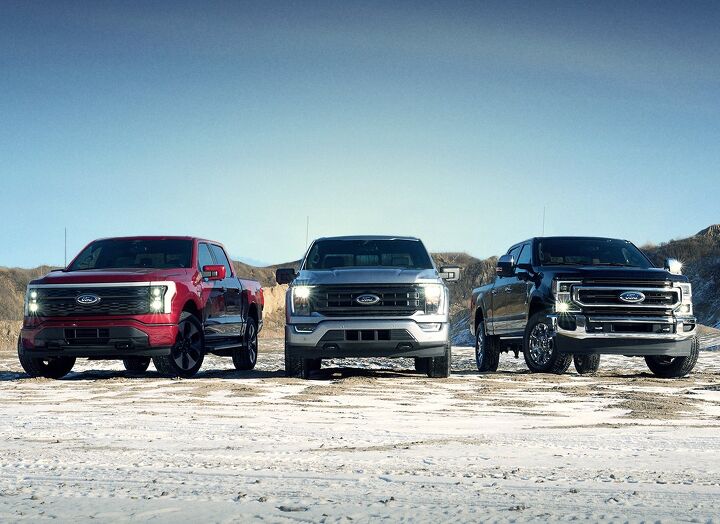
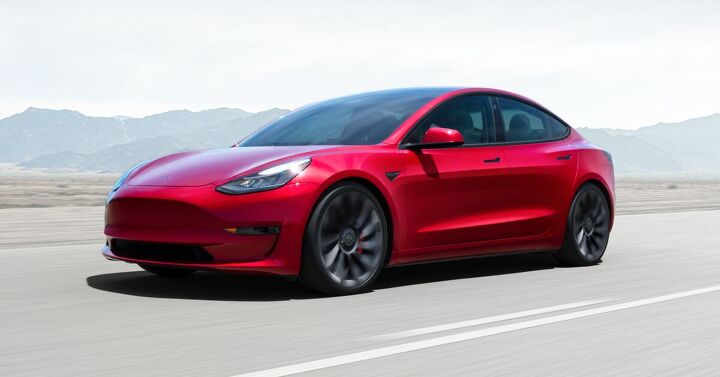
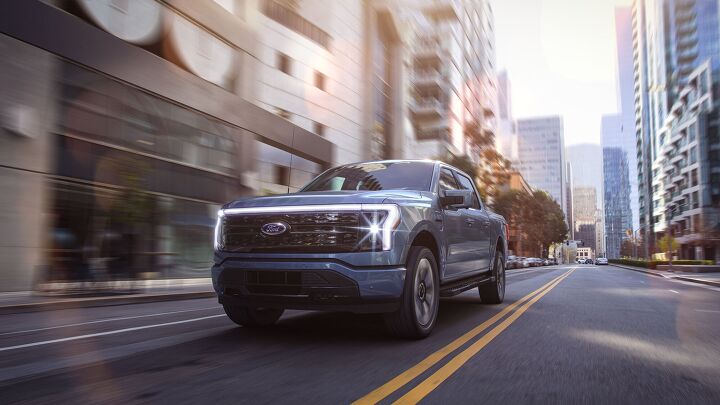


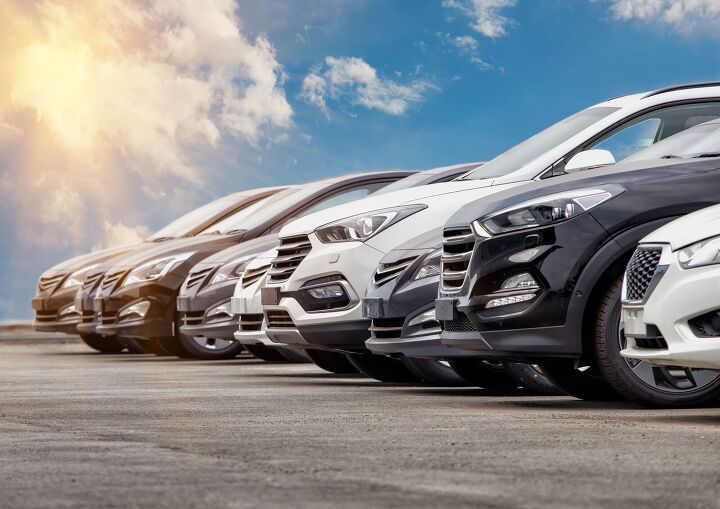
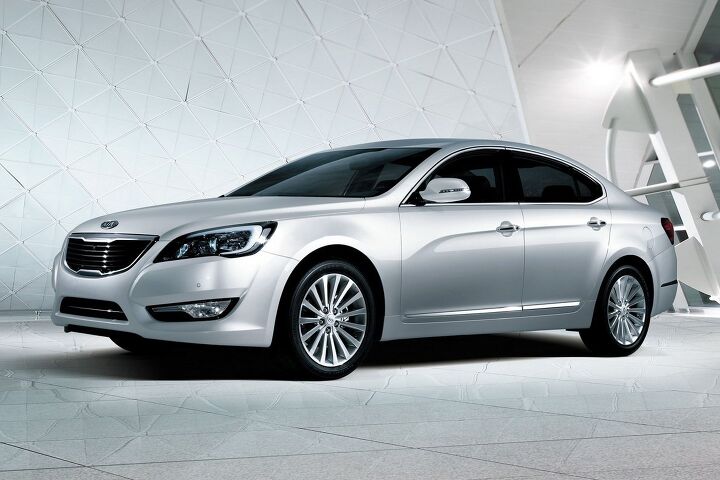
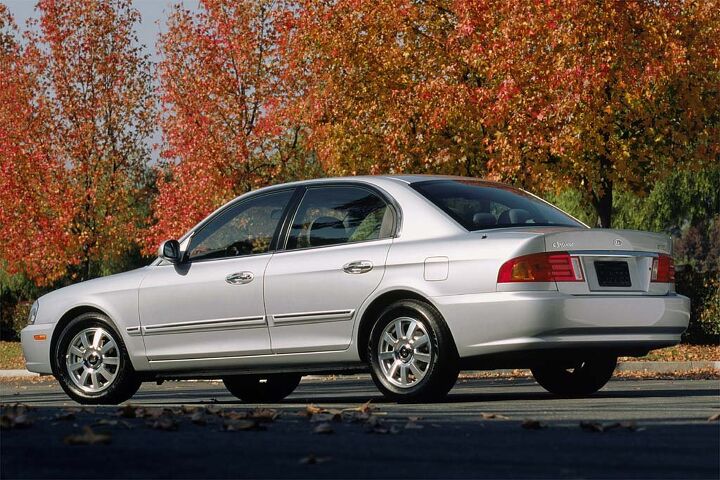


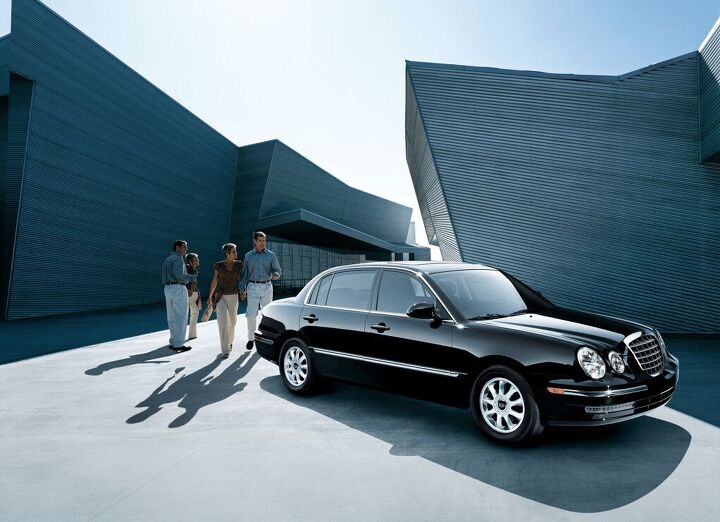
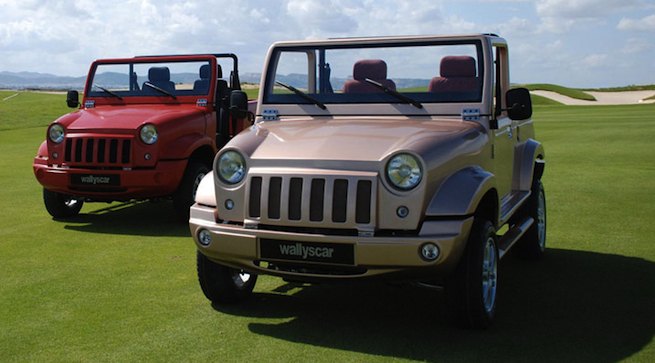
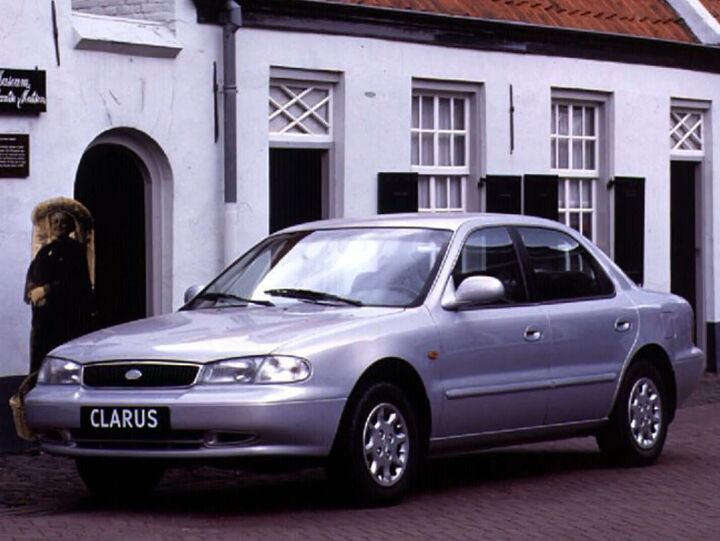
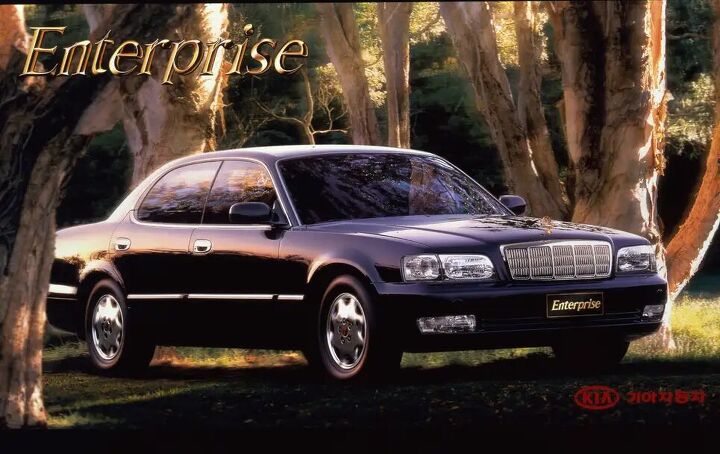
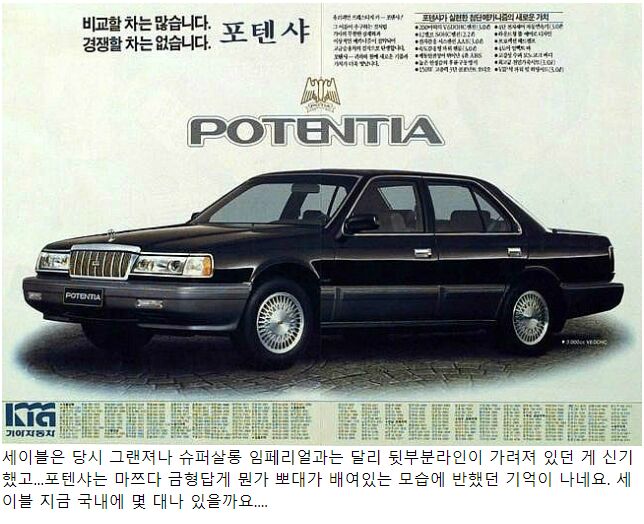
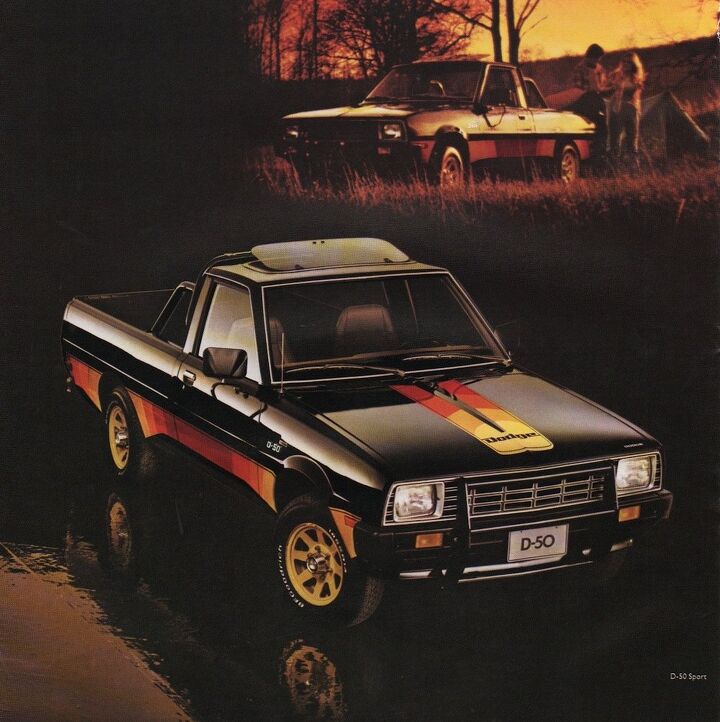
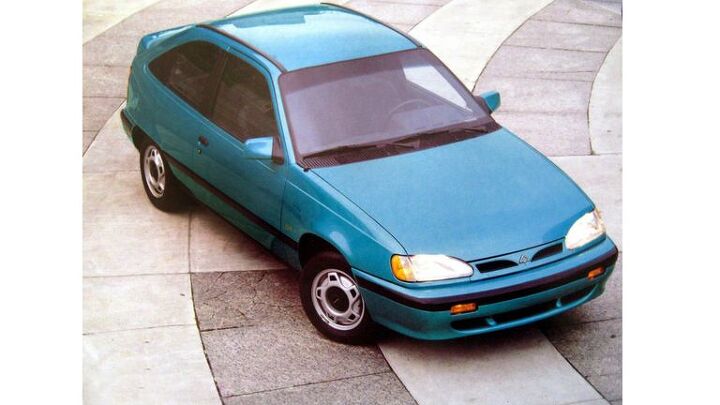
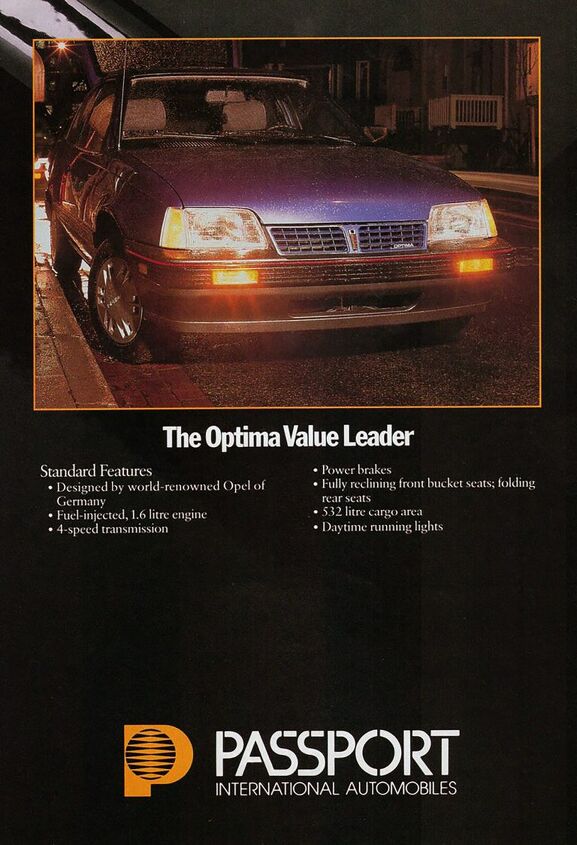
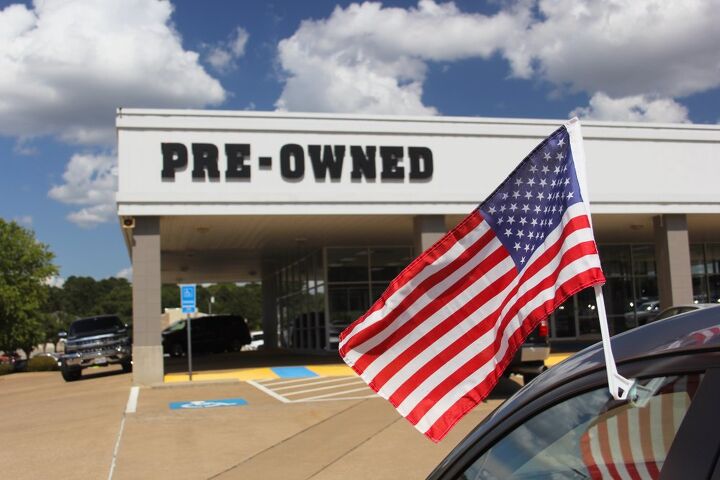

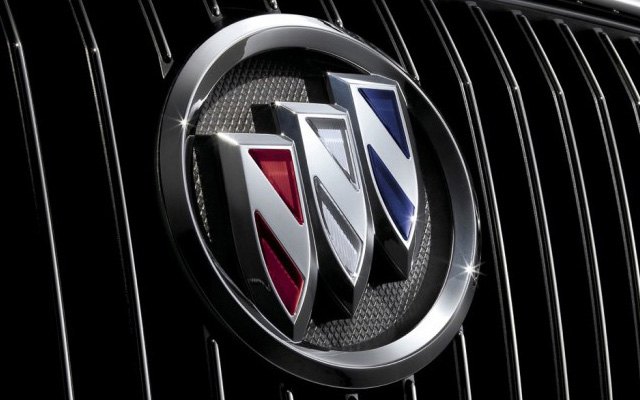
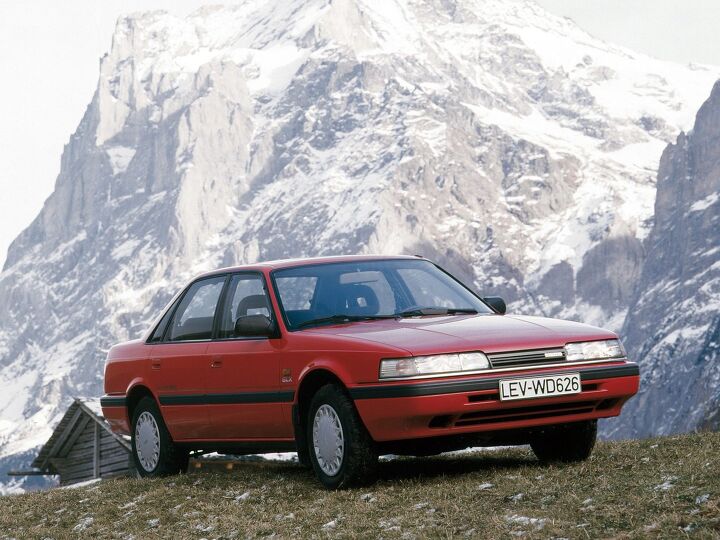

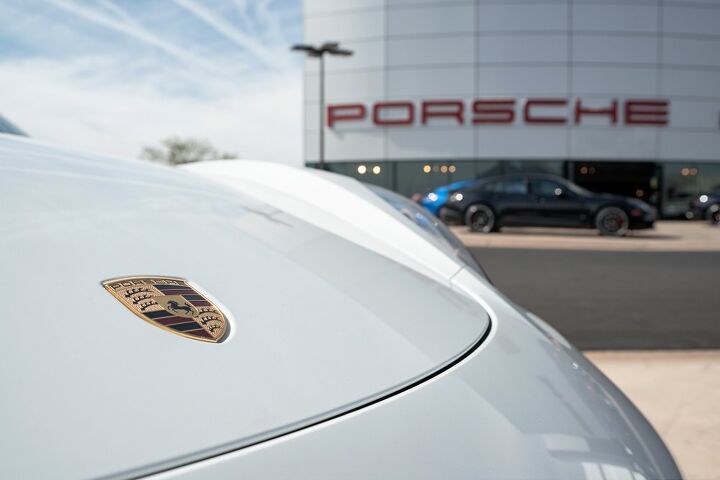
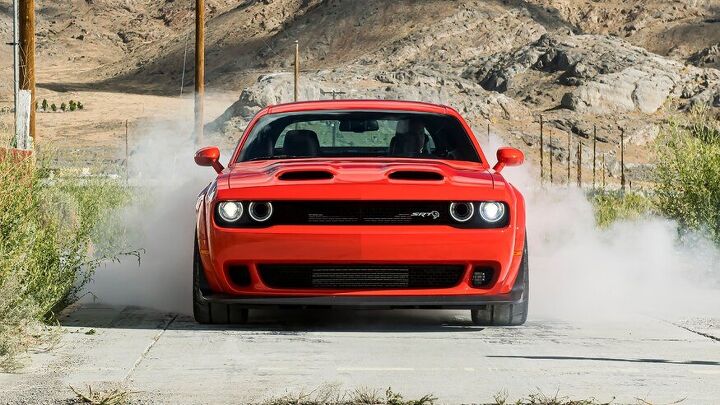
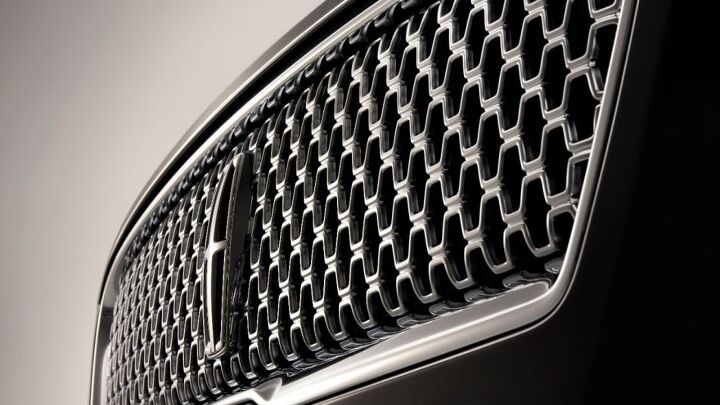
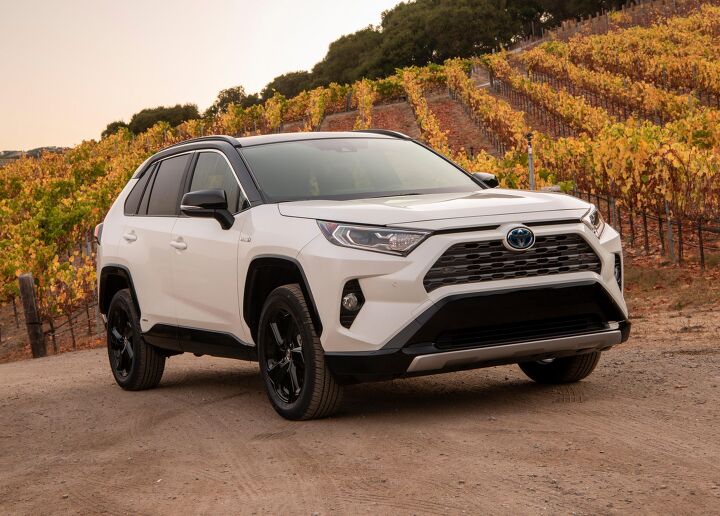


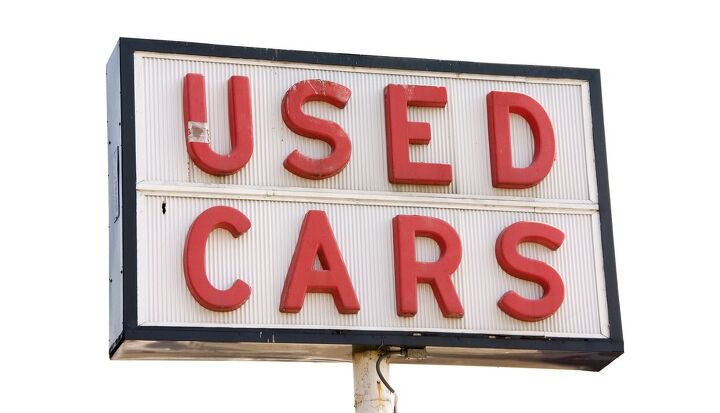
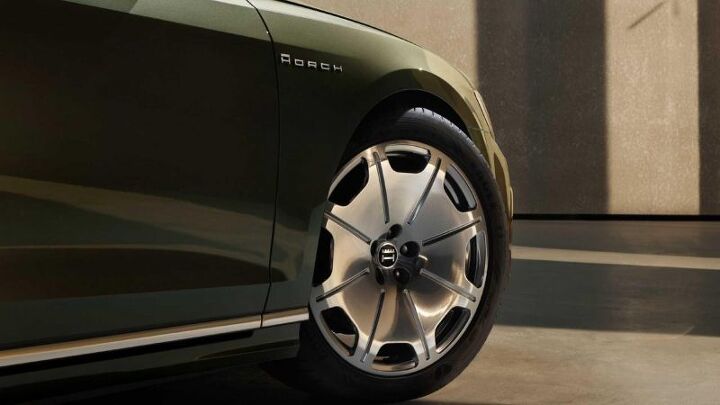
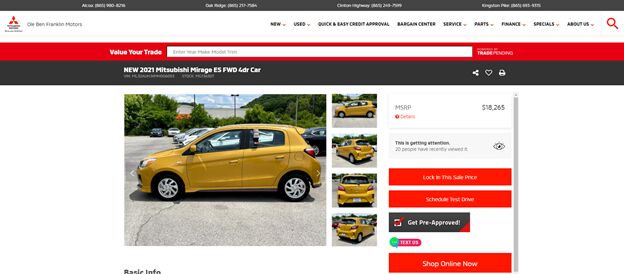
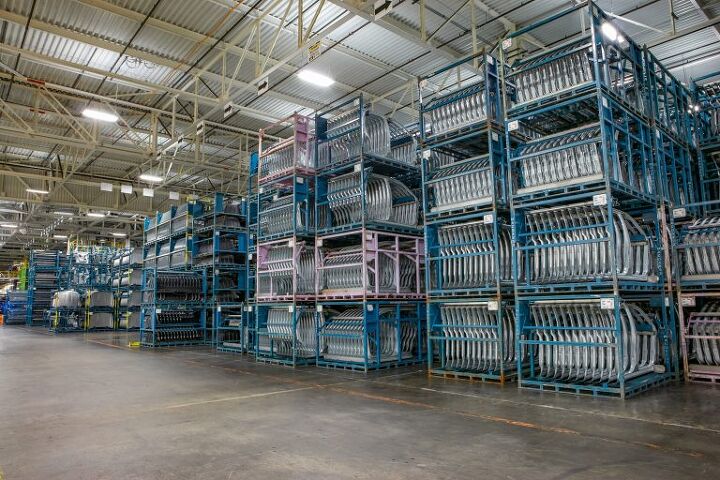
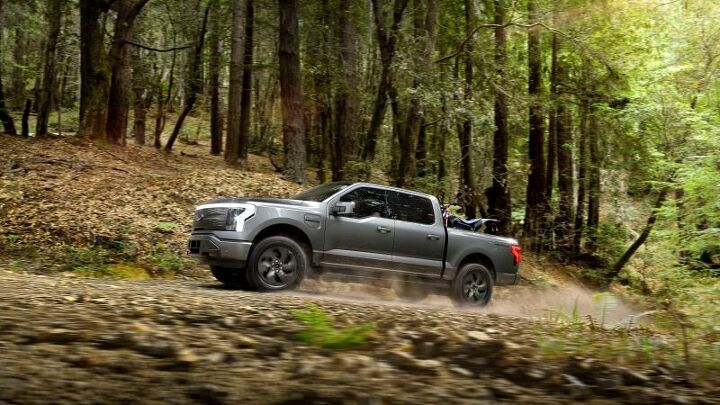













Recent Comments